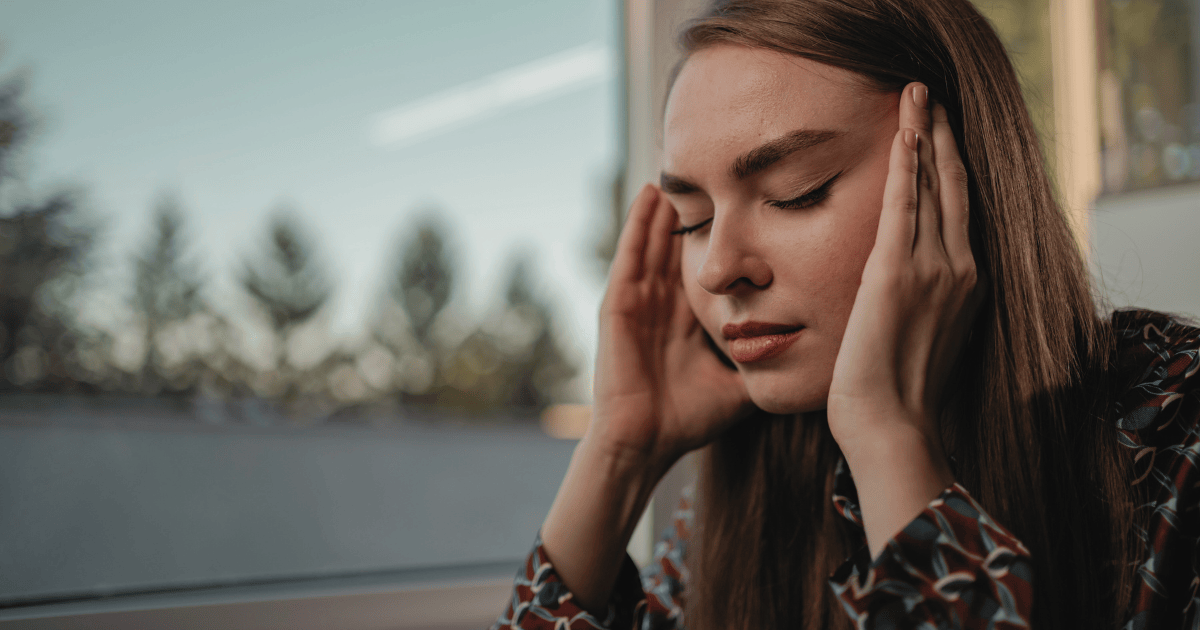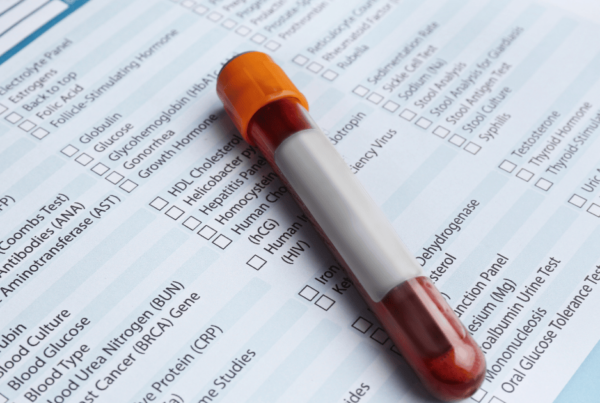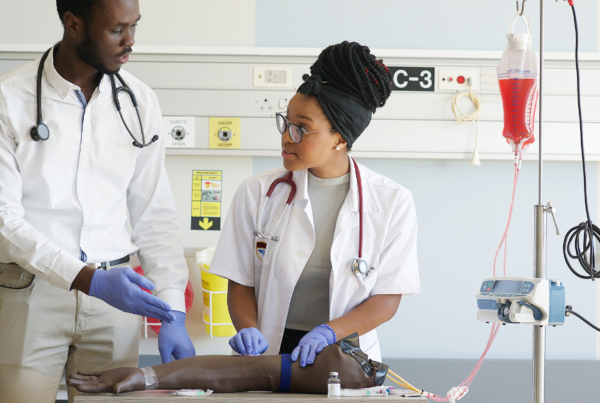Ever felt drained and sluggish after a blood draw? You’re not alone. Feeling tired after blood draw, also known as post-phlebotomy fatigue, is a common experience for many people. This guide from Phlebotomy Now, a trusted source for blood draw information, will explore the reasons behind this fatigue and offer tips for a smoother experience.
| Key Takeaways: Tired after blood draw |
| Feeling tired after a blood draw is a normal reaction. |
| Several factors contribute to fatigue, including blood volume loss, vasovagal response, and anxiety. |
| Proper hydration, healthy eating, and relaxation techniques can minimize fatigue. |
Understanding Fatigue After Blood Draws
The process of drawing blood, while minimally invasive, can trigger various physiological responses that lead to fatigue. Let’s investigate the possible reasons in more detail:
- Blood Volume Loss: Even a small amount of blood loss can cause temporary fluctuations in blood pressure and oxygen levels, leading to tiredness.
- Vasovagal Response: This reflex reaction involves a drop in heart rate and blood pressure, causing dizziness, lightheadedness, and fatigue. The sight of blood or the needle prick can trigger this response in some individuals.
- Anxiety: Feeling anxious about the procedure can tense your muscles and increase your heart rate, leading to fatigue after the blood draw is complete.
Deep Dive into Causes of Post-Blood Draw Fatigue
Here’s a deeper look at some factors contributing to fatigue:
- Vasovagal Response: This reflex can be triggered by the sight of blood, needles, or the blood draw process itself. Symptoms include lightheadedness, dizziness, nausea, sweating, and feeling faint. If you experience these, inform the phlebotomist immediately.
- Anxiety Management: Blood draws can be anxiety-provoking. Here are some relaxation techniques to manage anxiety before, during, and after the blood draw:
- Deep Breathing: Take slow, deep breaths from your diaphragm. Focus on inhaling for a count of four, holding for a count of four, and exhaling for a count of eight.
- Progressive Muscle Relaxation: Beginning at your toes and working your way up, tense and relax each individual muscle group.
- Mindfulness Meditation: Focus on the present moment by paying attention to your breath and bodily sensations without judgment.
- Diet for Blood Draw: While the blood loss is minimal, it can affect energy levels. Here’s how your diet can help:
- Iron-Rich Foods: If you’re not anemic, including iron-rich foods like leafy greens, lean meats, and beans in your diet can help maintain healthy iron stores. Consult your physician prior to making any dietary changes.
Minimizing Post-Phlebotomy Fatigue
Here are some tips from Phlebotomy Now to help you feel your best after a blood draw:
- Hydration is Key: Drink plenty of water throughout the day, not just before and after the blood draw. Consider electrolyte-rich beverages if you sweat a lot or exercise regularly.
- Fuel Your Body: If you’re not fasting for the test, eat a light and healthy breakfast beforehand. This stabilizes blood sugar levels and provides energy reserves.
- Relaxation Techniques: Practice deep breathing or meditation to manage anxiety and reduce tension.
- Post-Draw Care: After the blood draw, rest for a few minutes, take slow, deep breaths, and apply gentle pressure to the puncture site. Stay away from hard work for the rest of the day.
- Snack Smart: Opt for a light, energy-boosting snack after the blood draw. Fruits, nuts, or yogurt are good choices.
Phlebotomist Technique: Contributing to a Smoother Experience
A skilled phlebotomist can significantly improve your blood draw experience:
- Efficient Vein Location: They can quickly locate a suitable vein, minimizing discomfort and the number of needle pricks.
- Gentle Technique: Proper technique helps minimize blood loss and discomfort, potentially reducing fatigue.
Potential Complications After a Blood Draw
While fatigue is a common side effect after a blood draw, there are a few other potential complications to be aware of. These are usually minor and resolve quickly, but it’s important to know what to look for.
- Fainting: The sight of blood or the needle prick can trigger a vasovagal response, leading to lightheadedness, dizziness, and even fainting. If you feel faint during a blood draw, inform the phlebotomist immediately. Lie down, elevate your legs, and take slow, deep breaths.
- Bruising: Bruising can occur at the puncture site, especially if the vein is fragile or multiple attempts are needed to draw blood. Applying gentle pressure to the area after the blood draw and using a cold compress can help minimize bruising.
- Bleeding: Small bleeding is typical at the puncture site. The phlebotomist will apply pressure to stop the bleeding and cover the area with a bandage. If the bleeding persists, contact your healthcare provider.
- Thrombosis (Blood Clot Formation): In rare cases, a blood clot can form at the puncture site. This is more likely if you have a history of blood clotting disorders. Symptoms of a blood clot can include redness, swelling, pain, and warmth at the puncture site. If you experience any of these symptoms, seek medical attention immediately.
Tips to Minimize Complications After a Blood Draw
- Hydration: Drink plenty of fluids, especially water, in the 24 hours leading up to your blood draw. Dehydration can make it more difficult to find a vein and can worsen fatigue.
- Inform your phlebotomist: Let the phlebotomist know if you have any concerns or if you tend to bruise easily or faint during blood draws. They can take steps to minimize these risks.
- Relaxation Techniques: Practice relaxation techniques such as deep breathing or progressive muscle relaxation before and during your blood draw to help manage anxiety.
- Apply Pressure: After the blood draw, apply gentle pressure to the puncture site for a few minutes to help stop any bleeding.
- Monitor the Puncture Site: Keep an eye on the puncture site for any signs of infection, such as redness, swelling, or pus. If you notice any signs of infection, contact your healthcare provider.
By following these tips and being aware of potential complications, you can help ensure a smooth and safe blood draw experience.
Phlebotomy Now: Your Trusted Partner for Blood Draws
At Phlebotomy Now, we understand that blood draws can be stressful. Our team of experienced and compassionate phlebotomists prioritize patient comfort and ensure a smooth blood draw experience. We offer:
- Skilled Phlebotomists: Our technicians are trained to find veins efficiently, minimizing discomfort.
- Comfortable Environment: We provide a clean and comfortable environment to alleviate anxiety.
- Clear Communication: Our staff will explain the procedure clearly and answer any questions you may have.
Frequently Asked Questions (FAQs) About Fatigue After Blood Draws
Is it normal to feel tired after a blood draw?
Absolutely. Fatigue is a common side effect, and it usually resolves within a few hours.
How long does fatigue after a blood draw last?
In most cases, fatigue subsides within a few hours, but it can sometimes linger for a day or two.
What should I do if I feel faint after a blood draw?
If you feel lightheaded or dizzy, inform the phlebotomist immediately. Lie down and elevate your legs until the feeling passes.
Can I prevent fatigue after a blood draw?
Staying hydrated, eating a healthy meal beforehand, and practicing relaxation techniques can significantly reduce fatigue.
Conclusion
Feeling tired after a blood draw is a common occurrence. By understanding the reasons behind it and following the tips provided by Phlebotomy Now, you can minimize fatigue and ensure a smoother blood draw experience. Remember, our team is here to answer your questions and guide you through the process. If you have any concerns, don’t hesitate to reach out to Phlebotomy Now.
Ready to Embark on a Rewarding Career in Phlebotomy?
At Phlebotomy Now, we equip you with the skills and knowledge to excel in this in-demand healthcare field.
Our comprehensive phlebotomy training program combines online learning with hands-on experience, preparing you for a successful career as a certified phlebotomist.
For more information on our program and how to get started, get in touch with us right now!







